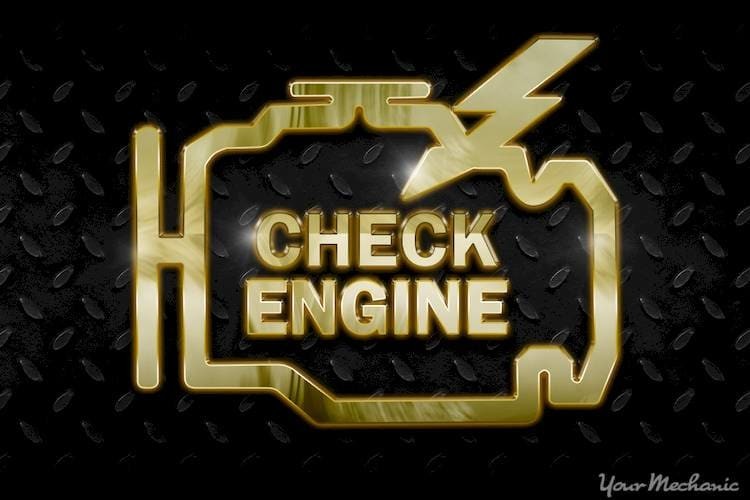The P0138 Obdii code indicates a problem with the oxygen sensor (O2 sensor) in your vehicle’s exhaust system. Specifically, it signifies that the sensor is detecting a high voltage signal, suggesting a lean fuel mixture. This article will delve into the causes, symptoms, diagnostic procedures, and potential solutions for the P0138 code.
 OBDII Code Reader
OBDII Code Reader
What Does the P0138 Code Mean?
The P0138 code stands for “O2 Sensor Circuit High Voltage (Bank 1, Sensor 2).” Let’s break this down:
- O2 Sensor: Monitors the oxygen content in the exhaust gases to help the engine control module (ECM) adjust the fuel-air mixture for optimal performance and emissions.
- Circuit High Voltage: The voltage signal from the O2 sensor is higher than the expected range, usually above 1.2 volts for an extended period (more than 10 seconds). This indicates a lean condition – too much oxygen in the exhaust.
- Bank 1, Sensor 2: Refers to the specific location of the faulty sensor. “Bank 1” typically denotes the side of the engine containing cylinder #1. “Sensor 2” indicates the downstream oxygen sensor, located after the catalytic converter. This sensor monitors the efficiency of the catalytic converter.
Causes of the P0138 Code
Several factors can contribute to a P0138 code:
- Faulty Oxygen Sensor: The most common culprit is a malfunctioning O2 sensor that is sending inaccurate voltage readings. Age, wear and tear, or exposure to extreme temperatures can damage the sensor.
- Exhaust Leaks: Leaks in the exhaust system before the downstream sensor can introduce excess oxygen, leading to a high voltage reading.
- Vacuum Leaks: Unmetered air entering the engine through vacuum leaks disrupts the fuel-air mixture, causing a lean condition.
- Fuel System Issues: Problems with the fuel pump, fuel filter, or fuel injectors can restrict fuel flow, resulting in a lean mixture.
- Faulty Mass Air Flow (MAF) Sensor: An incorrect MAF sensor reading can cause the ECM to miscalculate the required fuel amount, leading to a lean condition.
- Wiring Problems: Damaged or corroded wiring in the O2 sensor circuit can disrupt the voltage signal.
Symptoms of a P0138 Code
While the illuminated Check Engine Light is the most obvious symptom, other indicators might include:
- Reduced Fuel Economy: A lean fuel mixture can lead to decreased miles per gallon.
- Engine Hesitation or Misfiring: An imbalance in the fuel-air ratio can cause the engine to run rough or misfire.
- Rough Idle: The engine might idle unevenly.
Diagnosing the P0138 Code
A mechanic will typically perform the following steps to diagnose a P0138 code:
- Retrieve Codes: Use an OBDII scanner to confirm the P0138 code and check for any other related codes.
- Inspect Wiring and Connectors: Visually examine the wiring harness and connectors for damage, corrosion, or loose connections.
- Monitor O2 Sensor Data: Use a scan tool to observe the voltage readings from the downstream O2 sensor in real-time. Compare its performance to the upstream sensor.
- Check for Exhaust Leaks: Inspect the exhaust system for leaks, particularly before the downstream sensor.
- Test Other Components: If necessary, test the MAF sensor, fuel pressure, and other related components to rule out other potential causes.
Fixing the P0138 Code
Common repairs for the P0138 code include:
- Oxygen Sensor Replacement: This is the most frequent solution.
- Exhaust Leak Repair: Addressing any exhaust leaks is crucial.
- Vacuum Leak Repair: Identify and fix any vacuum leaks in the intake system.
- Fuel System Repair: Repair or replace faulty fuel system components.
- Wiring Repair: Replace damaged or corroded wiring.
Conclusion
The P0138 code indicates a potential problem with your vehicle’s oxygen sensor circuit, potentially affecting engine performance, fuel economy, and emissions. Prompt diagnosis and repair are essential to prevent further damage and ensure optimal vehicle operation. Consult a qualified mechanic to accurately diagnose and resolve the issue.
